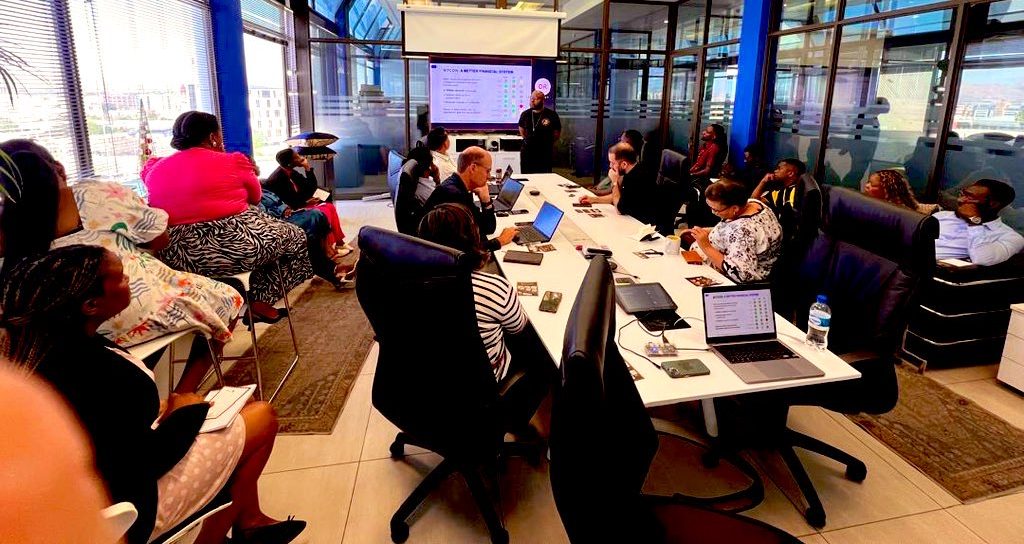This week, I am in Cape Town and looking forward to reconnecting with a city and region that I spent a significant part of my early adult years in. When I arrived in the city some 30 years ago, life was very different: Apartheid and racism were still the official ideology of the day, everyday life was (racially) segregated and just about every space – private and public – was politicised and organised along racial lines.
Not surprisingly, food became an important symbol in the politics of racial oppression and non-racial resistance, and in the expression of local cultural and political identities.
Everything was – and still is – political, from the gatsby sandwich invented in the Super Fisheries take-away shop in Athlone to the lazy aged steak served back then at the Golden Spur in Newlands.
Here are just two of my observations on what has changed and remained the same since I first started eating my way around Cape Town back in the turbulent 1980s.
We’ll start at a most unusual place for a food experience: Pollsmoor prison. Back in the day when political prisoners like Nelson Mandela were incarcerated at the prison, food was still very much tied up in assertions of power and dominance by prison authorities, while at the same time being linked to resistance, solidarity and identity by inmates. Prison diets were racialised. On the one hand, prison authorities fed prisoners foul food to demean eating as a pleasurable experience, and on the other, political prisoners often embarked on a hunger-strike as a method of non-violent resistance.
To say that prison food was demeaning and foul and filthy is to put it mildly. According to Molefe Pheto: “Wednesdays and Sundays were ‘special’ days. Supper was a mixture of old rotten boiled fish whose stink would reach us, permeating from the prison kitchens, long before the fish itself arrived; and when it did so, it was hardly recognisable as fish, with hundreds of thin bones that made it difficult to eat, quite apart from the disgusting smell of it. The alternative was pig skins boiled with old, shrivelled carrots and dirty pale green beans.
“All this garbage was then ladled onto the foul mealie-meal porridge. On the day it was pig skins, the fat had long curdled by the time it reached us, with the pieces of skin sticking out of the mess like shark fins.”
In another infamous prison that housed Mandela and other political prisoners, Robben Island, authorities enforced the dominant racial order by means of the daily menu. According to the prison’s historical records, it had a D and a F diet. “The D diet was meant for Coloured and ‘Asiatic’ prisoners and included a ration of bread, fat, rice/samp, jam, sugar and coffee. The F diet was meant for ‘Bantus’ and included mielie meal, puzamandla, fat, mielies and meat and no jam/syrup, sugar or coffee.” The portions in the D diet were significantly bigger than those in the F diet.
Needless to say, they no longer feed people on Robben Island, and I do believe the world is a much better place because of that; humanity does not need another Robben Island.
Pollsmoor is still in operation as a maximum-security prison, but these days the prison, which is closely associated with the violent criminal underbelly of greater Cape Town and the notorious Numbers Gangs, has a restaurant – Idlanathi – that serves meals to the public.
The food is cheap – less than R20 per sandwich; slightly more than R30 for calamari and chips; less than R50 for a ladies T-Bone and chips and about R60 for spareribs – and prepared and served by inmates. Online reviews are polite, and this rather unique foodie experience has made it onto several tour operators lists of “things to do when in Cape Town”.
Back when I first roamed the slanted pavements of Cape Town’s inner city, there were no restaurants punting the food of Cape Town’s Muslim community (or any other non-white community, for that matter) and hardly anyone outside the Muslim community had heard about a gatsby sandwich.
White cookbook authors such as ID du Plessis and Hilda Gerber were the ‘recognised authorties’ on ‘traditional’ Cape Malay cookery. Cass Abrahams – a real authority on this cuisine – only published her now classic text, ‘The Culture and Cuisine of the Cape Malays’, in 1995.
The development of contemporary iconic Cape Town dishes such as the gatsby sandwich is traced back to the racial politics of the day that displaced black communities from the inner city to distant areas that forced people to travel long distances to and from work. Local take-away inventions such as the gatsby became an integral part of the local sense of community and identity.
Morris describes the cultural importance of the gatsby as follows: “Being a resourceful individual, Panday combined what he had – a round Portuguese roll, polony, slap chips and atchar – and sliced the creation into four so they could all enjoy a piece. For many locals, especially those living on the Cape Flats, this colossal sandwich was not merely a meal; it’s a way of life, a cultural symbol and an important part of their heritage”.
Recently, a local white food stylist found out that it may not be good idea to try and culturally appropriate the gatsby, strip it of its authentic ingredients and in the process come across as disrespectful of the gatsby’s strong socio-political and cultural content. Her crime? She prepared a ‘private school’ version of the classic sandwich during a popular TV show.
She combined chopped spinach and curry, home-made mayonnaise, Asian plum chutney and deep-fried potato wedges on a ciabatta loaf and called it a gatsby. In doing so, she took something that contained deep political meaning to a specific community and put a Eurocentric spin on it – much like Du Plessis and Gerber did with their cookbooks.
No surprise that some folks were not happy: “Now I know how the lady who first made Mrs Ball’s chutney felt when madame stole her recipe. This is called cultural expropriation without compensation. Just watch how this rubbish version ends up on Woolies, Food Lovers and Checkers shelves. Tsek, keep your gourmet gatsby. We are coming for your land”.
I reckon these examples speak to the difficulties larger South Africa has in transforming itself into a proper non-racial society.
On the one hand, it seems to have an open mind and come across as progressive, and on the other, it seems trapped by the painful impact of its racially divided past. Or perhaps it is just a country that is still healing.
Cape Town is as beautiful as I remember it to be. It is also as interesting. Perhaps more interesting and captivating now than it was then. But underneath the surface and the beauty, not very deeply buried, remains the emotional destruction of its long, troublesome past.
It still feels like a city on edge, and in some parts, it continues to explode, little by little, bit by bit, every day.
The haunting wind that howls and propels dark clouds up and down the mountain still gets me.
It makes me sad. Every time.
thighs
• 2 cups buttermilk
• 1 cup spring onions,
Stay informed with The Namibian – your source for credible journalism. Get in-depth reporting and opinions for
only N$85 a month. Invest in journalism, invest in democracy –
Subscribe Now!






